Connectivity theory
Recent articles
Giant analysis reveals how autism-linked genes affect brain cell types
Genes that predispose people to autism account for a large portion of the neuronal and glial cell changes seen in those with the condition.
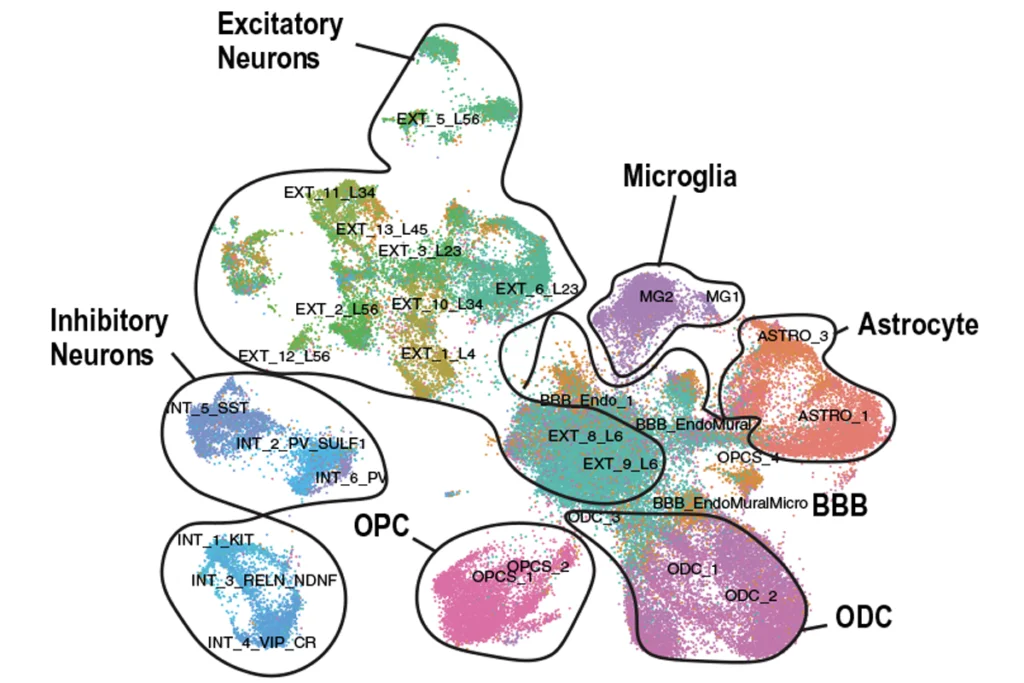
Giant analysis reveals how autism-linked genes affect brain cell types
Genes that predispose people to autism account for a large portion of the neuronal and glial cell changes seen in those with the condition.
Autism-linked mutation disrupts brain circuit to change social behavior
Therapies that target the circuit could boost social activity, new findings suggest.
Autism-linked mutation disrupts brain circuit to change social behavior
Therapies that target the circuit could boost social activity, new findings suggest.
Synaptic overgrowth, hyperconnectivity may define autism subtype
Model mice of the subtype also show hyperactivity in a signaling pathway called mTOR, bolstering the idea that distinct forms of autism have different biological roots and may require different treatment approaches.
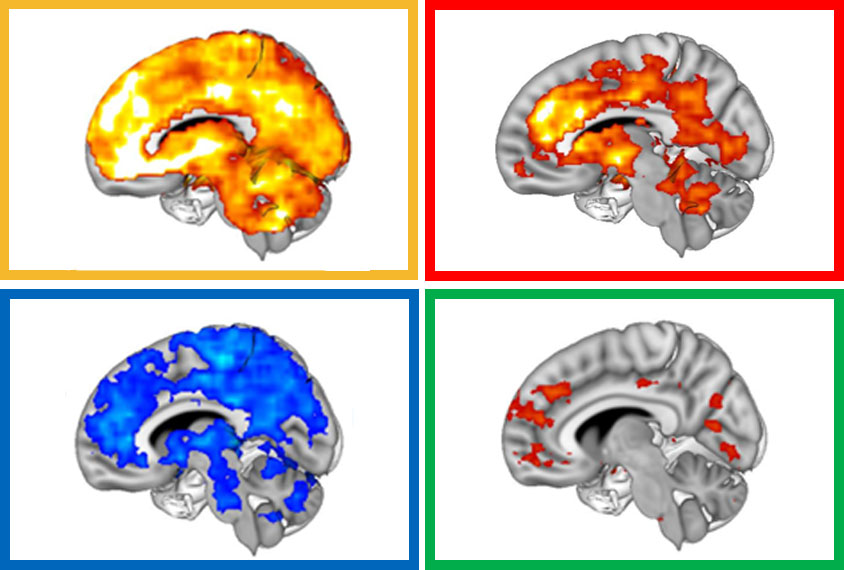
Synaptic overgrowth, hyperconnectivity may define autism subtype
Model mice of the subtype also show hyperactivity in a signaling pathway called mTOR, bolstering the idea that distinct forms of autism have different biological roots and may require different treatment approaches.
Brain stimulation improves memory in autism mouse models
Jolting a bundle of nerve fibers deep in the brain restores learning and memory in mice with mutations of the autism-linked gene CDKL5.
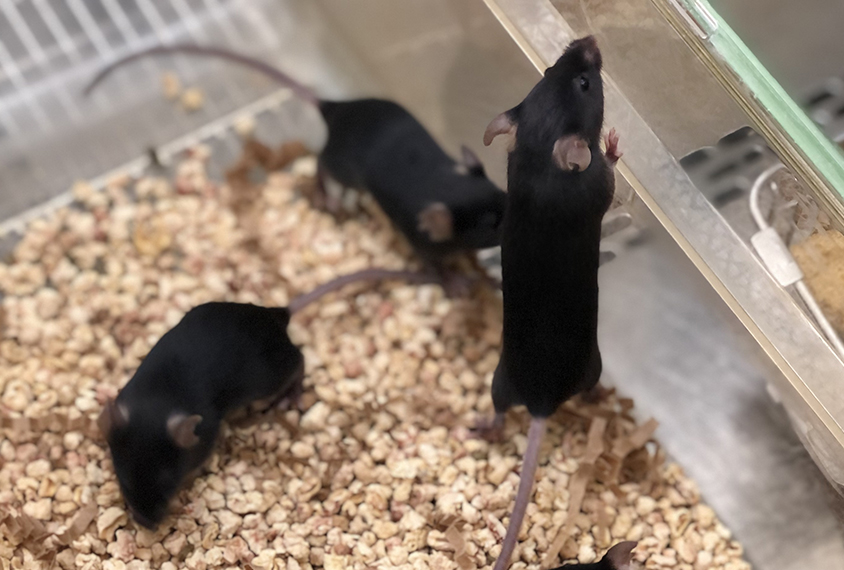
Brain stimulation improves memory in autism mouse models
Jolting a bundle of nerve fibers deep in the brain restores learning and memory in mice with mutations of the autism-linked gene CDKL5.
Autism mouse models cluster by brain activity pattern
Four subtypes lend new support to the idea that there isn’t a single ‘hallmark’ type of brain connectivity in people with autism.
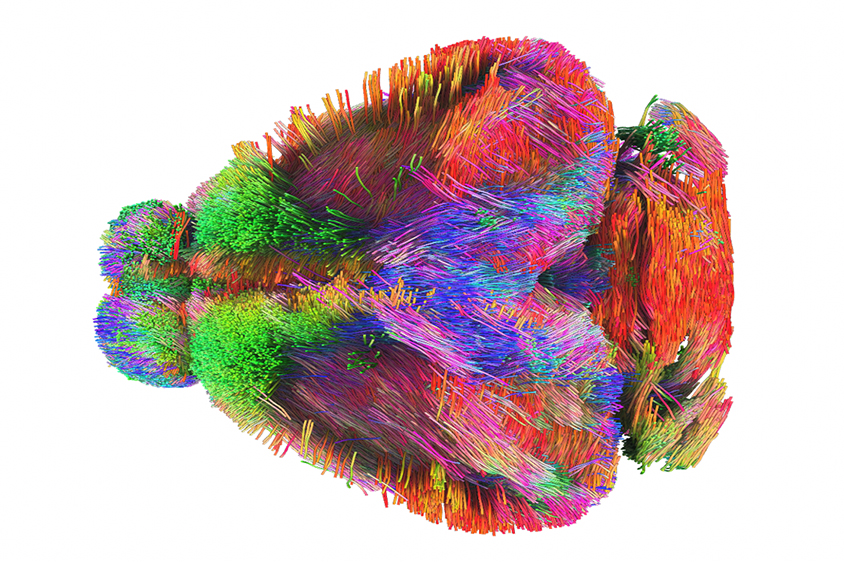
Autism mouse models cluster by brain activity pattern
Four subtypes lend new support to the idea that there isn’t a single ‘hallmark’ type of brain connectivity in people with autism.
‘Neurons on a chip’ reveal patterns across autism-linked conditions
Activity patterns of neuronal networks link different genetic subtypes of autism that have similar traits, according to new unpublished research.
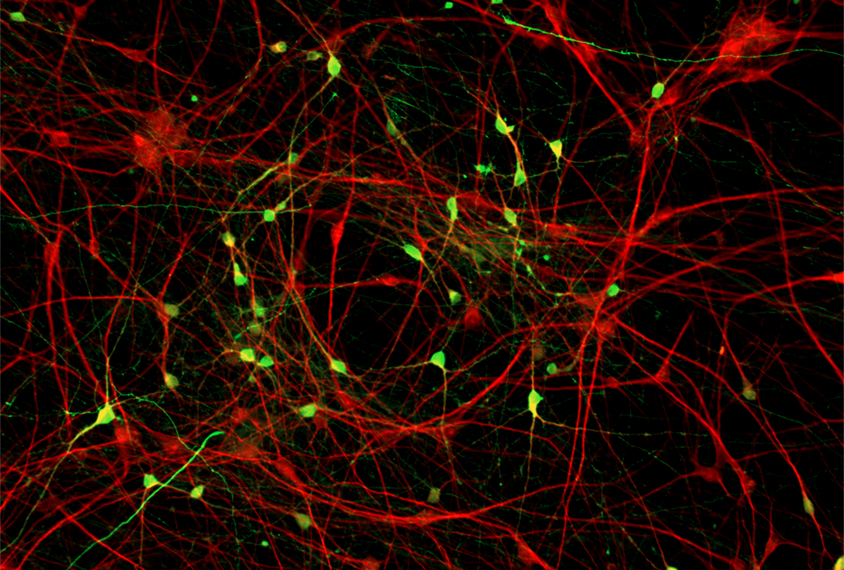
‘Neurons on a chip’ reveal patterns across autism-linked conditions
Activity patterns of neuronal networks link different genetic subtypes of autism that have similar traits, according to new unpublished research.
Gene mutations point to overlaps in brain connectivity for autism, schizophrenia
People who have large mutations associated with autism and schizophrenia share atypical patterns of brain connectivity, according to a new study, especially between areas that process sensory information.
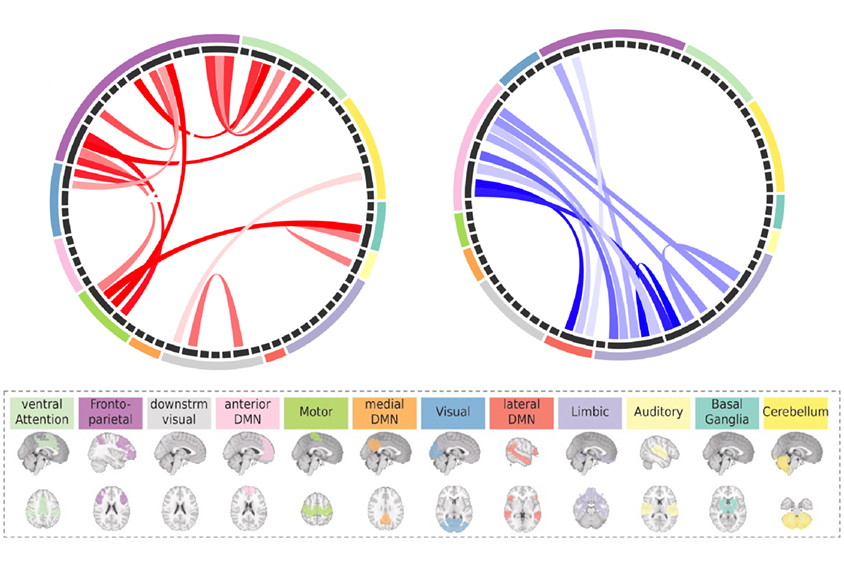
Gene mutations point to overlaps in brain connectivity for autism, schizophrenia
People who have large mutations associated with autism and schizophrenia share atypical patterns of brain connectivity, according to a new study, especially between areas that process sensory information.
Slow, disorderly brain waves may flag autism in toddlers
Certain patterns of electrical activity in the brain may signal autism in children with tuberous sclerosis complex, a related genetic condition.
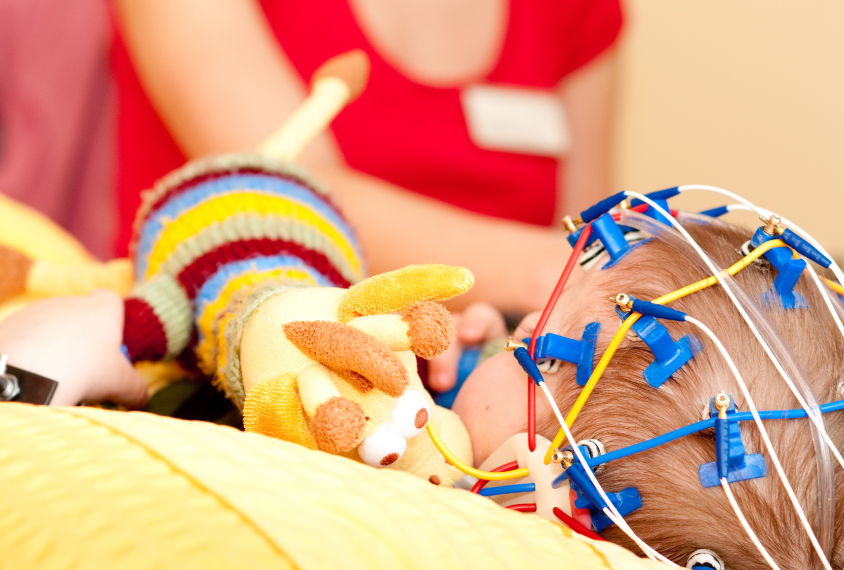
Slow, disorderly brain waves may flag autism in toddlers
Certain patterns of electrical activity in the brain may signal autism in children with tuberous sclerosis complex, a related genetic condition.
Autism mutation may disrupt brain structure by disabling mitochondria
Mice that lack a segment of chromosome 22 — a mutation associated with autism — have unusually sparse connections between brain regions.
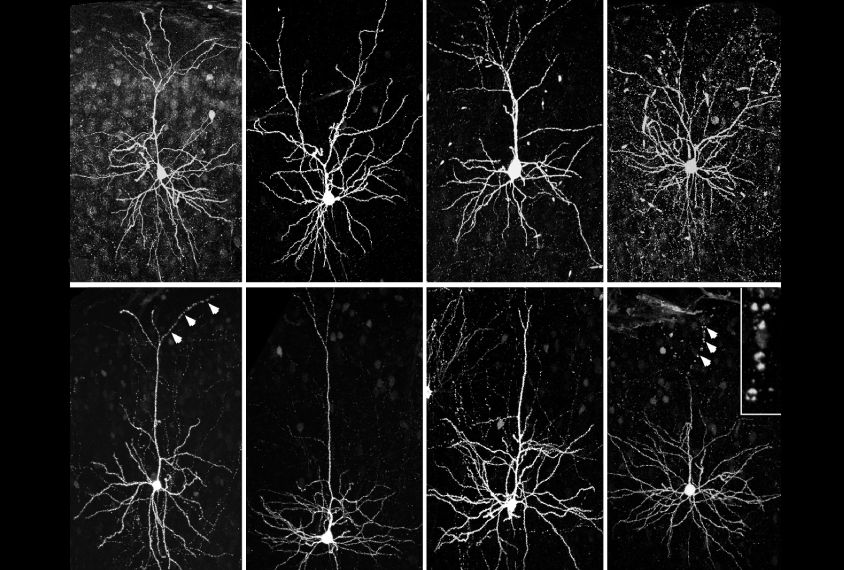
Autism mutation may disrupt brain structure by disabling mitochondria
Mice that lack a segment of chromosome 22 — a mutation associated with autism — have unusually sparse connections between brain regions.
Communication in brain shows sex difference in autism
Autistic women show unusually strong connections, and autistic men unusually weak ones, between two brain regions.
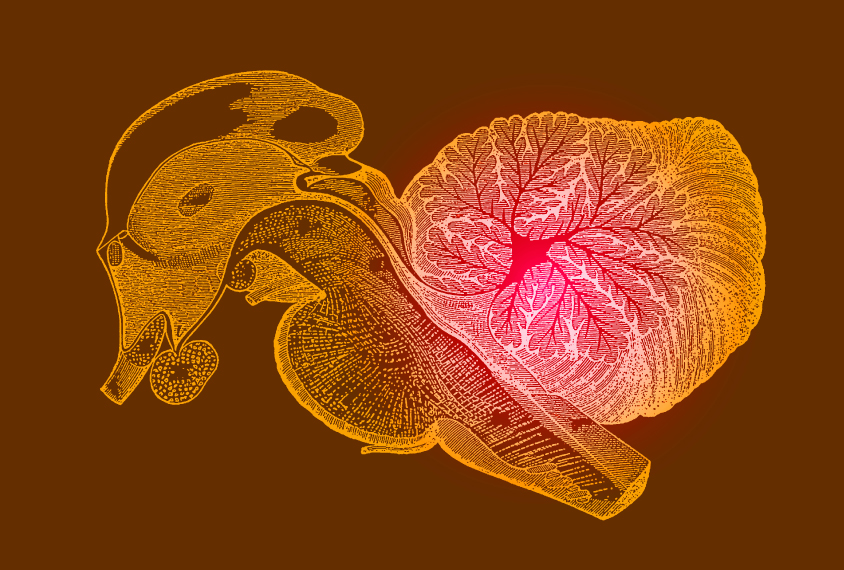
Communication in brain shows sex difference in autism
Autistic women show unusually strong connections, and autistic men unusually weak ones, between two brain regions.
Explore more from The Transmitter
Autism in Kenya, organoid research, and more
Here is a roundup of autism-related news and research spotted around the web for the week of 22 December.
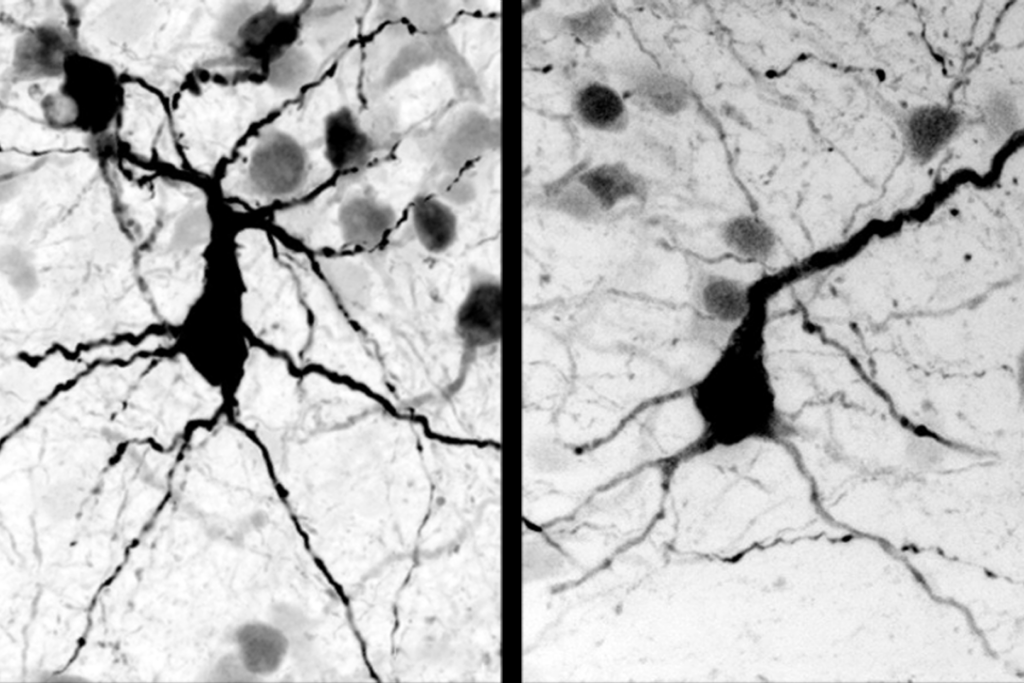
Autism in Kenya, organoid research, and more
Here is a roundup of autism-related news and research spotted around the web for the week of 22 December.
‘Unprecedented’ dorsal root ganglion atlas captures 22 types of human sensory neurons
The atlas also offers up molecular and cellular targets for new pain therapies.
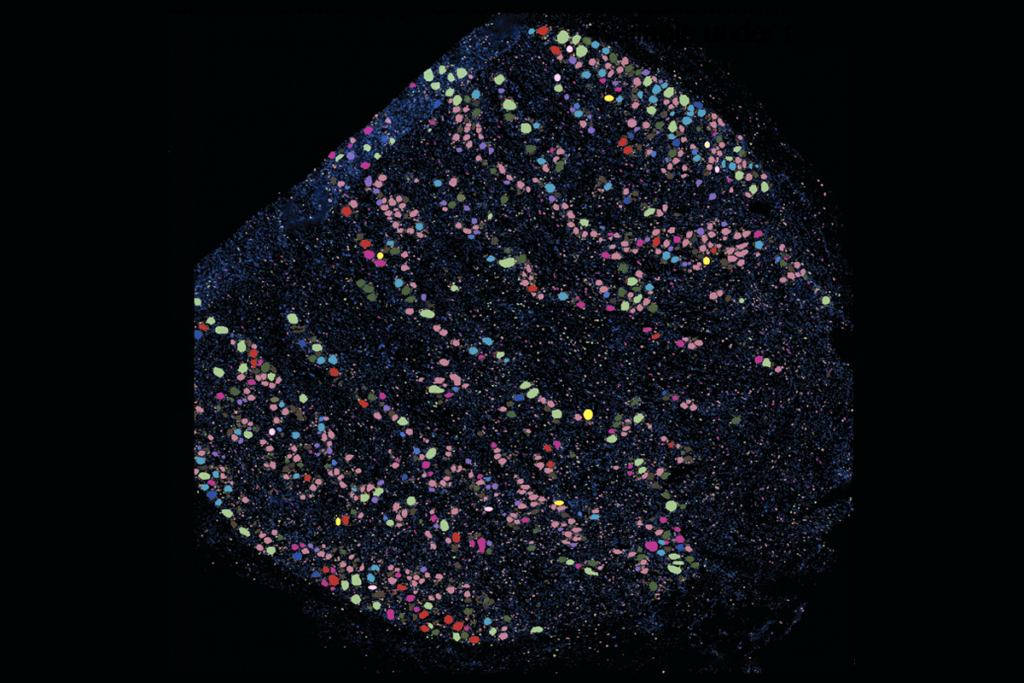
‘Unprecedented’ dorsal root ganglion atlas captures 22 types of human sensory neurons
The atlas also offers up molecular and cellular targets for new pain therapies.
Not playing around: Why neuroscience needs toy models
Amid the rise of billion-parameter models, I argue that toy models, with just a few neurons, remain essential—and may be all neuroscience needs.

Not playing around: Why neuroscience needs toy models
Amid the rise of billion-parameter models, I argue that toy models, with just a few neurons, remain essential—and may be all neuroscience needs.